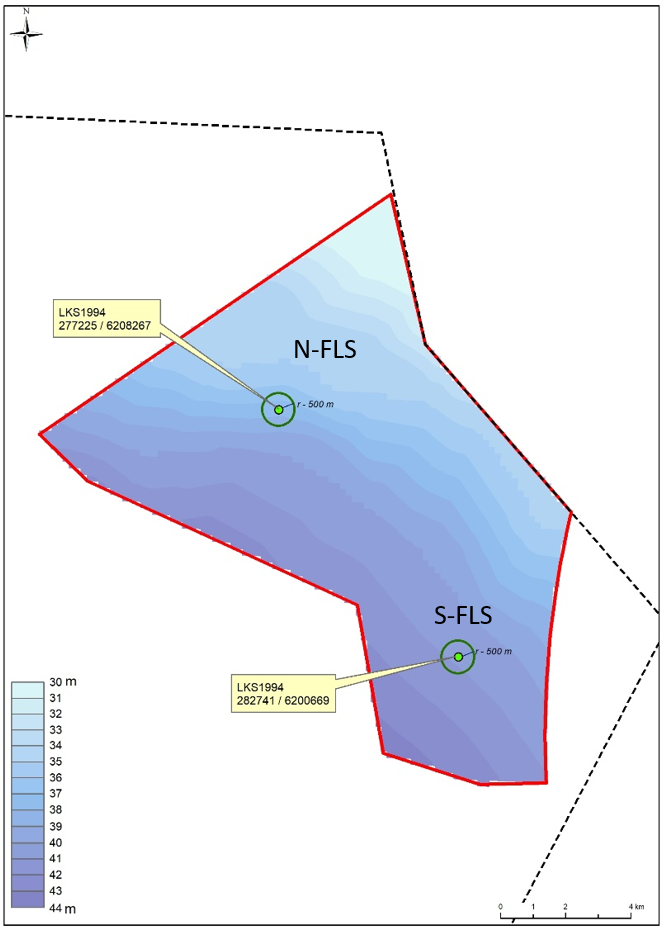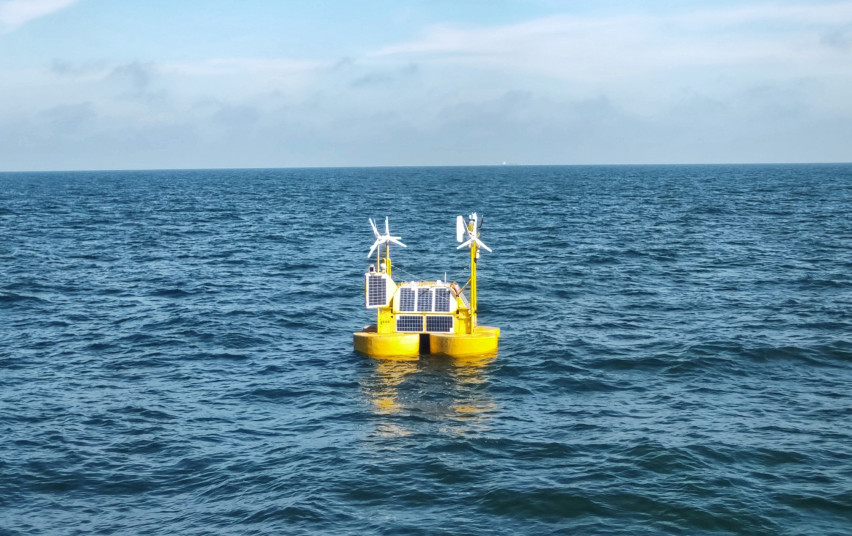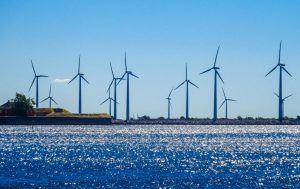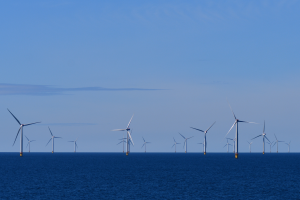The Baltic Sea offers favourable conditions for the development of offshore wind farms, according to Spanish studies on wind speed and other hydrometeorological parameters. Spanish company EOLOS Floating Lidar Solutions SL has been carrying out a one-year study in the Lithuanian offshore area, where a 700 megawatt (MW) offshore wind farm is planned.
"We continue to strengthen Lithuania's energy independence - the measurement of the wind speed in the Baltic Sea bring us one important step closer to the second offshore wind farm procurement procedure, where we will seek to select a potential developer. We have enough wind in the Baltic Sea, so to increase our energy security we need to harness it and produce Lithuanian electricity," says Daiva Garbaliauskaitė, Vice-Minister of Energy.
The economic efficiency of wind energy in the Baltic Sea also depends on favourable wind conditions at sea, which is why measurements of wind and other hydrometeorological parameters in the park area are crucial for assessing the wind potential and the capacity of the park's future power plants. For a potential park developer, this data will also help to select wind turbine models, calculate the required investment, model the layout and lifetime of the turbines and assess other important aspects.
The experts' analysis of the data confirmed that the annual wind capacity and other hydrometeorological parameters are in line with previously modelled estimates of the projected wind potential in the Baltic Sea. The results confirm that Lithuania has sufficient offshore wind resources and can successfully and efficiently develop offshore wind energy in the Baltic Sea.
Two buoys with specialised equipment were moored at two predefined locations in the Baltic Sea. Wind speed and direction were measured throughout the year at different altitudes from 10 to 280 metres. Atmospheric pressure, air temperature, relative humidity, wave height, current strength and direction and water level were also recorded.

Measuring buoys E01 and E06 and their location in the Baltic Sea
The data analysis shows that the average wind speed at 100-200 m is between 9.0 and 9.6 m/s. The highest wind speeds were recorded during the cold season, in October and December-March (average 10-13 m/s), and the maximum average 10-minute wind speed over the whole measurement period at 150 m was 28.6 m/s.
The recorded higher winds during the cold season reaffirm the importance of offshore energy in the overall annual balance of electricity generation from renewable sources. It is during the cold season that the production of solar parks in Lithuania drops to its lowest level. Higher offshore wind speeds are a direct function of the amount of electricity generation and the more powerful turbine models chosen by developers.

Average 10-minute wind speed at 150 metres.
Based on the available data, the prevailing wind direction in the area of the offshore wind park was also assessed, which is important for the selection of the orientation of the wind turbines. Westerly and south-westerly winds were found to be more common.
Wind rose at 150 metres
700 MW power plant park in the Baltic Sea could produce up to 3 TWh of green electricity per year, which would provide up to a quarter of Lithuania’s electricity needs and reduce the country’s dependence on electricity imports. The area of the first offshore wind park in the Baltic Sea is 136 km2 and the distance to the Port of Klaipėda is about 38 kilometres.







